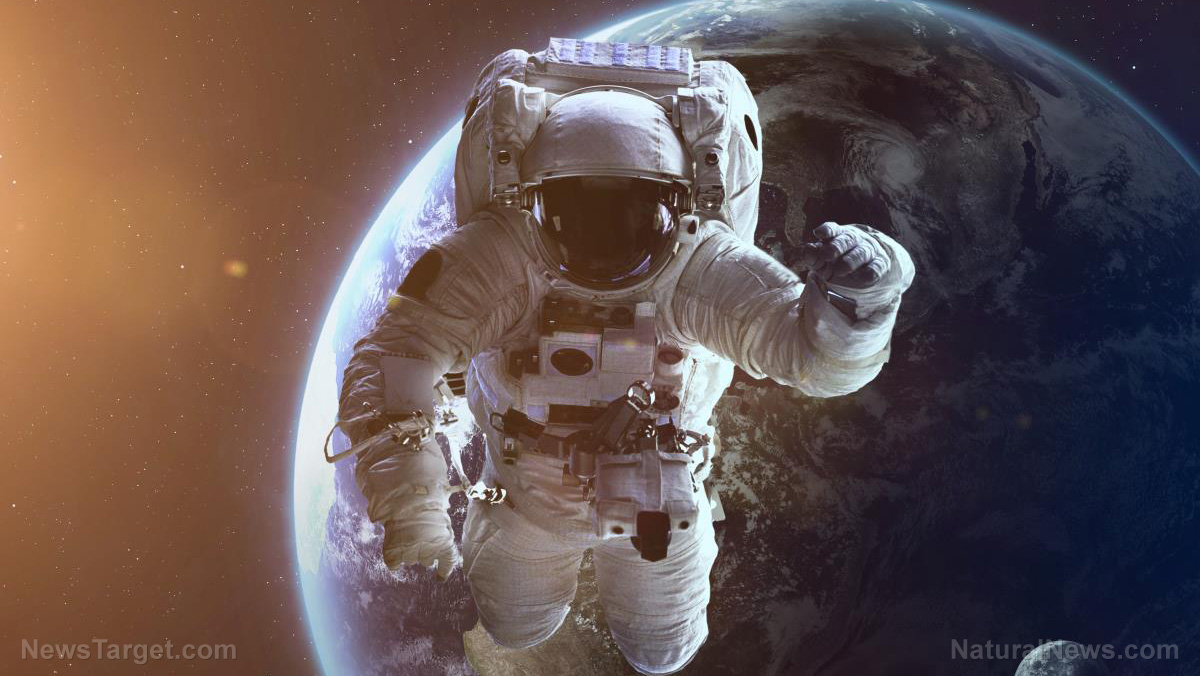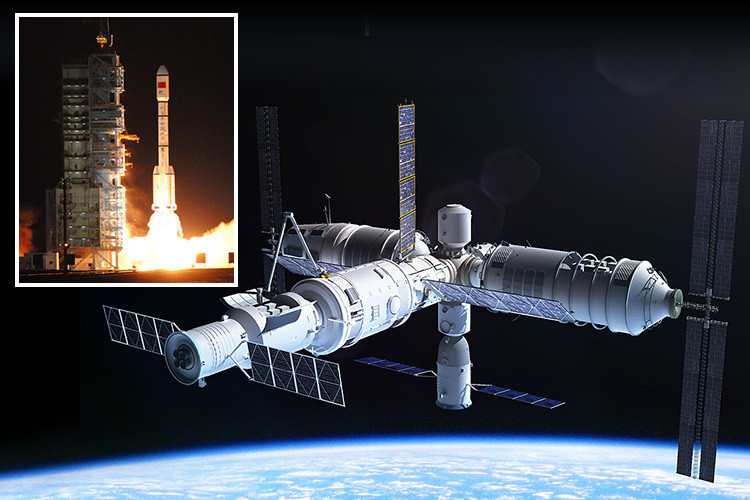
- Martian dust contains toxic compounds like silicates and perchlorates, posing severe health risks to astronauts.
- The sharp, reactive dust can penetrate lungs and bloodstream, causing chronic diseases and organ damage.
- Global dust storms on Mars could also disable equipment, jeopardizing missions.
- Unlike lunar dust, Martian dust is chemically hazardous, comparable to asbestos exposure.
- Advanced protective suits, filtration systems, and medical countermeasures are urgently needed before crewed missions.
Future astronauts bound for Mars may face an unexpected and deadly hazard long before they ever set foot on the Red Planet: toxic dust. A new study led by researchers from the University of Colorado Boulder and the University of Southern California warns that prolonged exposure to Martian dust — laden with harmful compounds like silicates, iron oxides, and perchlorates — could trigger chronic respiratory diseases, thyroid dysfunction, and even life-threatening blood disorders. The findings, published in the journal GeoHealth, underscore the urgent need for advanced protective measures before humans embark on costly and high-stakes missions to Mars.
Scientists have long known that extraterrestrial environments pose unique challenges, but the latest research reveals just how dangerous Martian dust could be. Unlike Earth’s dust, which is weathered and rounded over time, Martian regolith is sharp, fine, and chemically reactive — capable of penetrating deep into human lungs and entering the bloodstream. With NASA and private companies like SpaceX planning crewed missions to Mars within the next two decades, the study serves as a critical wake-up call: Without proper safeguards, the dream of colonizing Mars could turn into a medical nightmare.
A deadly "laundry list" of toxins
The study’s lead author, Justin Wang, a medical student at USC and former CU Boulder aerospace engineering graduate, described Martian dust as containing a "laundry list" of hazardous substances. Among the most concerning are silicates, which can cause silicosis — a scarring of lung tissue with no known cure; perchlorates, chlorine-based chemicals that disrupt thyroid function and may lead to severe anemia; iron oxides, which contribute to oxidative stress and lung damage; and trace metals like arsenic, beryllium, and cadmium, linked to cancer and immune suppression.
The problem is compounded by Mars’ pervasive dust storms, some of which engulf the entire planet. Brian Hynek, a CU Boulder geologist and study co-author, warned that dust accumulation could also cripple equipment. "Every few years there are globe-encompassing storms that lay down a thick coat," he said. "Our rovers have already experienced this with loss of scientific instruments or the entire mission due to solar panels rendered too dusty to charge the batteries."
Lessons from Apollo — but Mars Is worse
The dangers of extraterrestrial dust aren’t entirely new. Apollo astronauts who walked on the Moon reported "lunar hay fever" — irritated eyes, runny noses, and sore throats caused by abrasive lunar dust clinging to their suits and infiltrating their spacecraft. But Martian dust presents an even greater threat.
"Martian dust isn’t as sharp and abrasive as lunar dust, but it does have the same tendency to stick to everything," said Julia Cartwright, a space researcher at the University of Leicester who was not involved in the study. "The fine particles can penetrate deep into lungs and enter the bloodstream."
She compared the risk to asbestos exposure, which causes lung scarring and cancer. Unlike Earth, where dust particles are smoothed by wind and water, Martian dust remains jagged and chemically reactive — making it far more dangerous when inhaled.
The study’s authors stress that mitigation strategies must be developed before astronauts launch. These include developing advanced filtration systems to keep living quarters dust-free and creating self-cleaning spacesuits that use electrostatic repulsion to prevent dust accumulation. Additionally, iodine supplements are suggested to counteract perchlorate-induced thyroid damage. Medical countermeasures for long-term exposure should be considered, given that emergency evacuation from Mars is impossible.
A solvable problem, but time is running out
With NASA’s Artemis program aiming to return humans to the Moon as a stepping stone to Mars, the clock is ticking. As humanity prepares for its next giant leap, the Red Planet’s dust could be as deadly as its radiation and freezing temperatures. But with proper preparation, future explorers may yet breathe easy — both on Mars and long after they return home.
Sources for this article include:
Please contact us for more information.



















